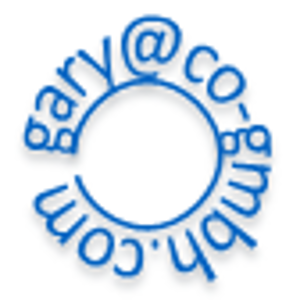
Hello Fred,
A new day, a new "answer" started :-)
That last trace "why2.etl" seems not to correspond with your description. There is no data in the trace about Homenet-Qnap but there is a lot of SMB data to FRED-ASUS (i.e. the new laptop, looped back) and that is authenticated "implicitly" (since both client and server are the same device).
The connections to HOMENETSERVER fail, but this is probably because of a mix-up in the credentials. The usernames being sent to HOMENETSERVER include "fred", "freddy" and a 10 letter word starting with "M" (possibly a password being entered in a username field). All of the connection attempts failed authentication but the "process" (exchange of messages) looked good - I think that there is a good chance that the connection would work with the correct credentials.
So, although the final proof is still missing (successful connections to HOMENETSERVER and Homenet-Qnap), I think that using a "local" account will work.
It should also be possible to make the Microsoft account work too.
The first thing to try would be the tip from the Synology KB - specify the NAS usernames in the style "HOMENETSERVER\fred"; if this works then great (no need for a new trace) but, if not, could you send a new trace?
If the above fails, the next step would be to create a REG_DWORD value named "ConnectedAccountSSO" under the key HKEY_LOCAL_MACHINE\System\CurrentControlSet\Control\Lsa\MSV1_0 and set its value to 2 (Always allow SSO). A reboot might be needed before this takes effect. Once again, a test and a new trace in the event of failure would be helpful.
The current "default" value for ConnectedAccountSSO (when it is not present in the registry) appears to be 0 (Deny SSO if the resource is public. Allow if the resource is private or enterprise. Deny SSO if the resource is unspecified). You mentioned in your very first message that the local network is set to Private, but this is something that we might need to check for two reasons:
- If the NAS devices were deemed to be "private" then even a ConnectedAccountSSO value of 0 should not prevent SSO to the NAS devices.
- The failure to "discover" other computers on your network might be related to confusion about the status of the local network.
Gary
